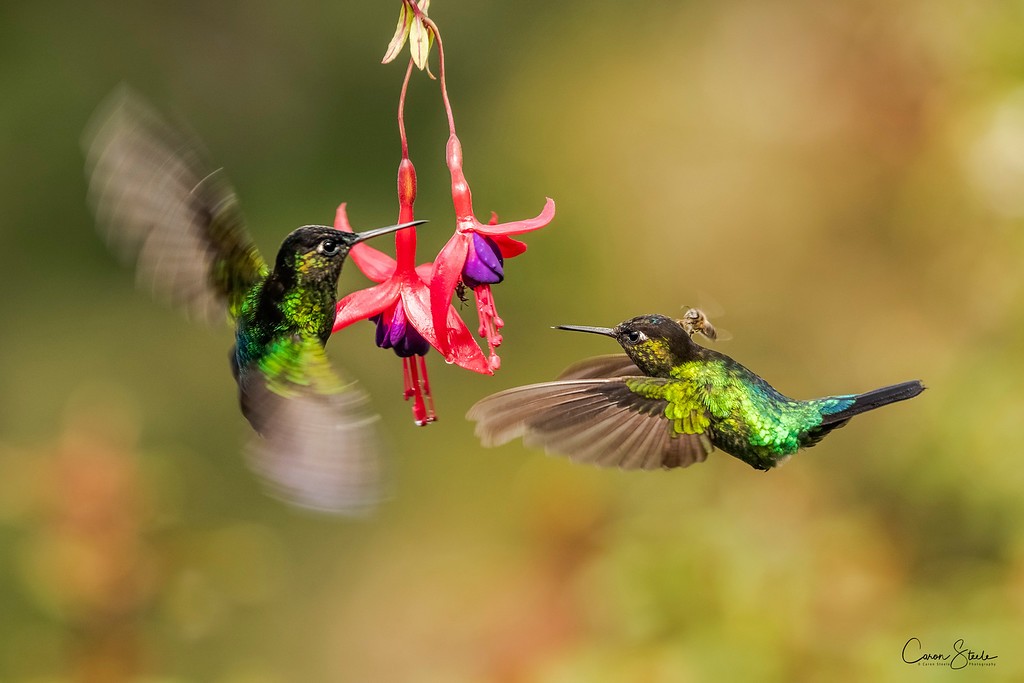Have you ever heard about hummingbird hitching? Well, if not, you’re in for a treat. Hummingbird hitching, a mesmerizing behaviour seen in these tiny creatures, offers a captivating look at nature’s wonders. In this article, we’ll unravel five intriguing aspects of hummingbird hitching that are sure to amaze you.
Table of Contents
1. What Exactly is Hummingbird Hitching?
- Understanding the Basics
Firstly, let’s dive into what hummingbird hitching actually means. Hummingbirds, known for their swift and agile flight, sometimes take brief pauses. During these moments, they may hitch or perch on objects, like branches or wires. But why do they do this? Researchers believe it’s a combination of rest and surveillance. Now, let’s delve deeper into the intricacies of this behaviour.
- A Momentary Respite
Though hummingbirds are energetic, they still need to conserve energy. By hitching momentarily, they can take a short breather. Also, it allows them to keep an eye out for potential predators or rivals. This dual purpose makes hitching a vital behaviour for these birds.
2. The Environmental Significance of Hummingbird Hitching
- A Reflection of Ecosystem Health
Another fascinating aspect of hummingbird hitching is its connection to the environment. When hummingbirds frequently hitch, it’s often a sign of a thriving ecosystem. They need an environment rich in flowers and insects to sustain their high metabolism. Their presence, and subsequent hitching behaviour, often indicates the health of their surroundings.
- A Natural Pollinator in Action
Furthermore, as they move from flower to flower, they inadvertently pollinate them. This plays a massive role in maintaining the biodiversity of their habitat. So, next time you witness a hummingbird hitch, remember the ecological significance behind this simple act.
3. Cultural Impacts of Hummingbird Hitching
- Symbolism in Literature and Art
Hummingbird hitching has also found its way into human culture. Various societies view the act of hitching as a symbol of rest and contemplation. In literature and art, these birds are often depicted in a hitching pose, representing fleeting moments of tranquility amid life’s chaos.
- Inspirations in Technology
Interestingly, this behaviour has inspired technological innovations too. Scientists studying the aerodynamics of hummingbird hitch are drawing insights to design advanced drones and flying robots. These machines could mimic the bird’s efficiency, potentially revolutionizing the world of robotics.
4. The Challenges Facing Hummingbird Hitching
- Loss of Natural Habitats
Sadly, like many wonders of nature, hummingbird hitch faces threats. One major challenge is the loss of natural habitats. As urban areas expand, the natural environments these birds rely on are shrinking, affecting their hitching patterns.
- Human-made Hazards
Additionally, human-made structures, like glass windows and wind turbines, can pose dangers to these birds. When they hitch on these objects, they might face dire consequences, often leading to fatal accidents. This calls for increased awareness and proactive measures to safeguard these beautiful creatures.
5. How We Can Help Preserve Hummingbird Hitching
- Creating Bird-friendly Spaces
There’s hope, however. By creating bird-friendly spaces in our backyards, such as planting native flowers and setting up feeders, we can support these birds. This not only provides them with essential resources but also ensures that future generations can marvel at the phenomenon of hummingbird hitch.
- Supporting Conservation Efforts
Furthermore, supporting conservation efforts can go a long way. Various organizations work tirelessly to protect hummingbird habitats. By donating or volunteering, you can play a role in preserving this mesmerizing aspect of nature hitching in deadlifts.
Final Thoughts
Hummingbird, though seemingly simple, opens up a world of insights into nature, ecology, and even technology. By understanding and appreciating its value, we can ensure that this unique behaviour continues to thrive and inspire. So, the next time you spot a hummingbird taking a brief pause on a branch, take a moment to reflect on the deeper meanings and wonders behind that tiny act.







